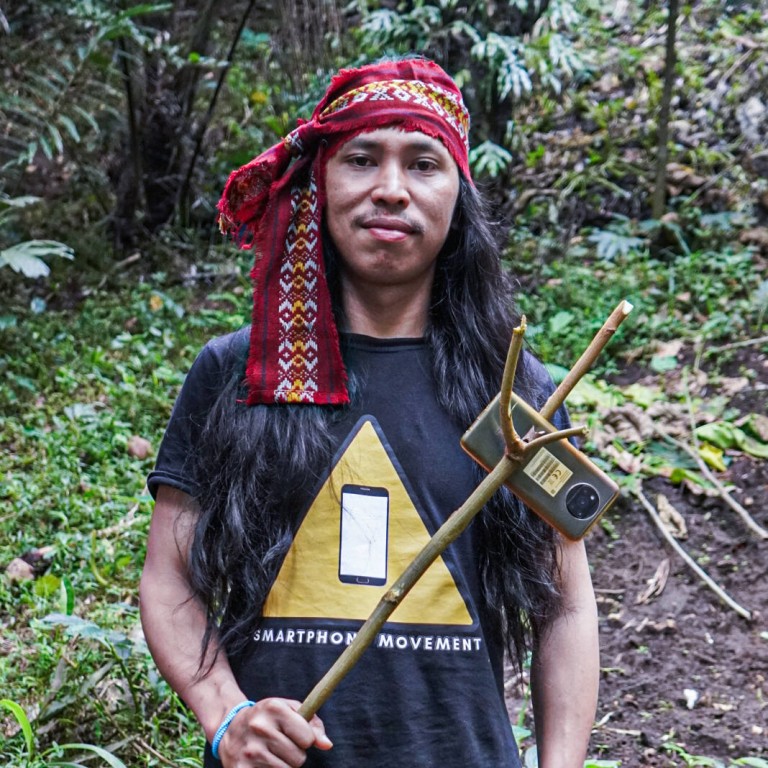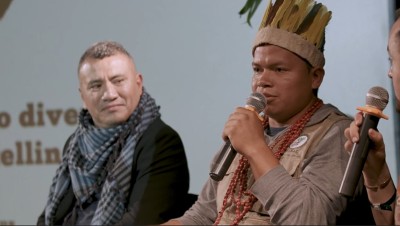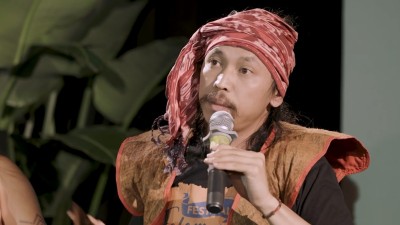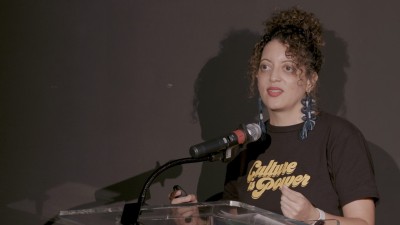Taking Media into our own Hands
Transcript
You know like we have little story about us. They are produced by us, by Indigenous we have like consumes consume the story about us from the colonialism era. And then now I think like we must make something like I’m like Indigenous. I can tell a story because storytelling is the dignity of Indigenous Peoples and you must find the way to show the dignity to share with others so they can be inspired and keep this earth life and nexus. And then I when I get my first smartphone, I call it smartphone because like, can be camera and computer too. So if you have camera and don’t have computer, you can make films. But me, I have my smartphone in my computer and I think like, okay, I can make film with this. I can also write things, I can also make photography and graphic design and share it real time.
And I don’t I don’t need to wait the mainstream media to come to me and to share my story because I do not believe mainstream media, you know, because they are like that. They have good connection with models in the power. So I don’t believe that mainstream media in my in my country. So I make my own media, I produce it and I tell this idea to my Indigenous youth. And then the say ‘okay, let’s learn’. So like we are learning togethe. I, this why I’m glad I met the lone wonder of Paul Redman, that shared me knowledge about filmmaking and give me many opportunities to join the workshops about film. Because if you learn film, you must learn photography.
Until recently, most stories about indigenous communities were produced during the colonial era. Using smartphones, Indigenous youth in North Sumatra Indonesia are reclaiming their own narrative through film and photography.

How do we diversify climate voices?
Racialized, feminized voices have been silenced and to tackle oppression, we must put those voices at the center of climate action and diversify the channels and mechanisms through which we communicate solutions


